Premium Only Content
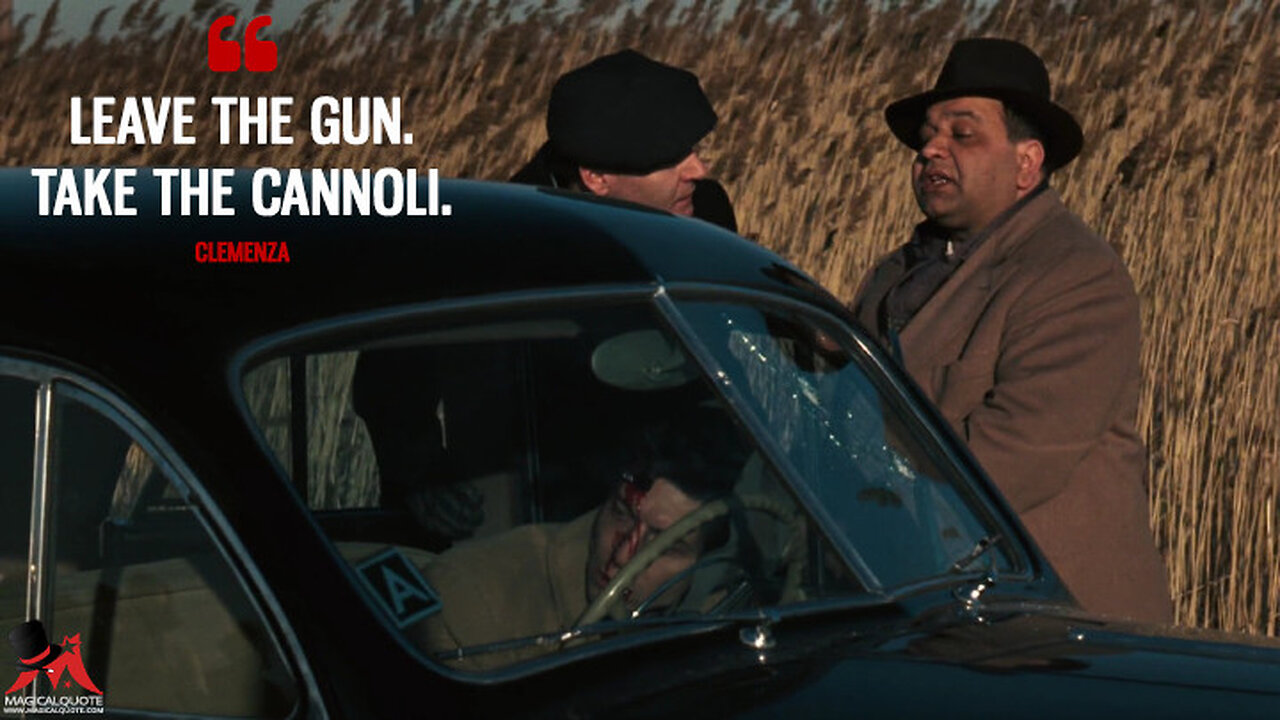
"Leave the Gun. Take the Cannoli." Peter Clemenza
Please subscribe to my Substack Channel:
https://juxtaposition1.substack.com
Cinema mimicking real life. The Godfather films involve SWISS BANK AUTHORITY.
https://juxtaposition1.substack.com/p/leave-the-gun-take-the-cannoli-peter
Cannoli recipe:
https://www.allrecipes.com/recipe/88849/cannoli/
Peter Clemenza:
Peter Clemenza is a fictional character who first appeared in Mario Puzo's 1969 novel The Godfather. He is played by Academy Award-nominee Richard Castellano in Francis Ford Coppola's 1972 film adaptation of the novel, and by Bruno Kirby (as a young man) in The Godfather Part II (1974).
https://en.wikipedia.org/wiki/Peter_Clemenza
Mario Francis Puzo (The Godfather novel):
Puzo was born in the Hell's Kitchen section of New York City to Italian immigrants from the Province of Avellino; his father was from Pietradefusi and his mother from Ariano Irpino. When Puzo was 12, his father, who worked as a trackman for the New York Central Railroad, was committed to the Pilgrim State Hospital for schizophrenia, and his wife Maria was left to raise their seven children.
Mario Puzo served in the United States Army Air Forces in Germany in World War II and later graduated from the City College of New York.
The Godfather (novel):
The Godfather is a crime novel by American author Mario Puzo. Originally published on 10 March 1969 by G. P. Putnam's Sons,[1] the novel details the story of a fictional Mafia family in New York City and Long Island, headed by Vito Corleone, the Godfather. The novel covers the years 1945 to 1955 and includes the back story of Vito Corleone from early childhood to adulthood.
The number FIVE is a sacred number, inferior only to three and seven.
It represents the five human senses: sight, hearing, smell, taste, and touch.
Jewish-American organized crime:
Jewish-American organized crime initially emerged within the American Jewish community during the late 19th and early 20th centuries. In media and popular culture, it has variously been referred to as the Jewish Mob, the Jewish Mafia, the Kosher Mob, the Kosher Mafia, the Yiddish Connection,[1] and Kosher Nostra[2][3] or Undzer Shtik (Yiddish: אונדזער שטיק).[a][3] The last two of these terms are direct references to the Italian Cosa Nostra; the former is a play on the word for kosher, referring to Jewish dietary laws, while the latter is a calque of the Italian phrase 'cosa nostra' (Italian for "our thing") into Yiddish, which was at the time the predominant language of the Jewish diaspora in the United States.
Arnold Rothstein:
https://en.wikipedia.org/wiki/Arnold_Rothstein
Meyer Lansky (born Maier Suchowljansky:
https://en.wikipedia.org/wiki/Meyer_Lansky
Benjamin "Bugsy" Siegel:
https://en.wikipedia.org/wiki/Bugsy_Siegel
Meyer Harris "Mickey" Cohen:
https://en.wikipedia.org/wiki/Mickey_Cohen
Pope John Paul I:
https://en.wikipedia.org/wiki/Pope_John_Paul_I
Roberto Calvi, CEO of Banco Ambrosino (Vatican Bank subsidiary):
https://en.wikipedia.org/wiki/Roberto_Calvi
Michele Sindona (Sicilian CEO of Franklin Nation Bank of Long Island):
https://en.wikipedia.org/wiki/Michele_Sindona
-
 LIVE
LIVE
RG_GerkClan
2 hours ago🔴LIVE - Lets PvP and Dominate - Escape From Tarkov - Gerk Clan
411 watching -
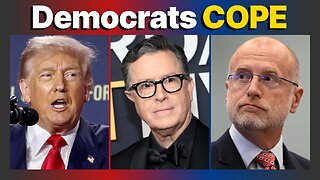 15:54
15:54
DeVory Darkins
1 day ago $25.15 earnedDemocrats desperately COPE as Paramount Merger APPROVED
54.1K94 -
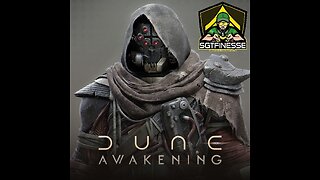 LIVE
LIVE
Sgtfinesse
1 hour ago✅ Dune: Awakening | Arrakistan Life
100 watching -
 LIVE
LIVE
FyrBorne
21 hours ago🔴Warzone M&K Sniping: Why Can't Dinos And Zombies Just Get Along?
30 watching -
 2:02:18
2:02:18
Side Scrollers Podcast
23 hours agoVShojo COLLAPSES, Unhinged CELEBRATE Hulk Hogan’s Death, Chuck E Cheese ARRESTED | Side Scrollers
46.2K7 -
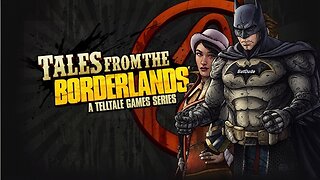 LIVE
LIVE
BatDude Gaming
2 hours ago🦇 RUMBLE GAMING 🦇 ⚡⚡ TALES from the BORDERLANDS (Continued) ⚡⚡ STORY BASED GAME 🦇
9 watching -
 LIVE
LIVE
Rotella Games
3 hours agoSaturday Morning Family Friendly Fortnite
84 watching -
 2:17:51
2:17:51
HartZA92
2 hours agoGenesis Alpha One: Build, Blast & Survive the Final Frontier!
11.1K1 -
![[HD] Gamer Stream](https://1a-1791.com/video/fww1/53/s8/1/c/G/G/5/cGG5y.Gkob-small-HD-Gamer-Stream.jpg) LIVE
LIVE
darealchurchiee
3 hours ago[HD] Gamer Stream
102 watching -
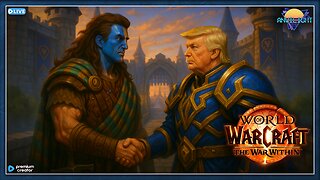 3:53:47
3:53:47
Anvilight
5 hours agoWorld of Warcraft | Trump Arrives in Scotland to Meet with Anvilight for Azeroth Peace Negotiations
13.2K1